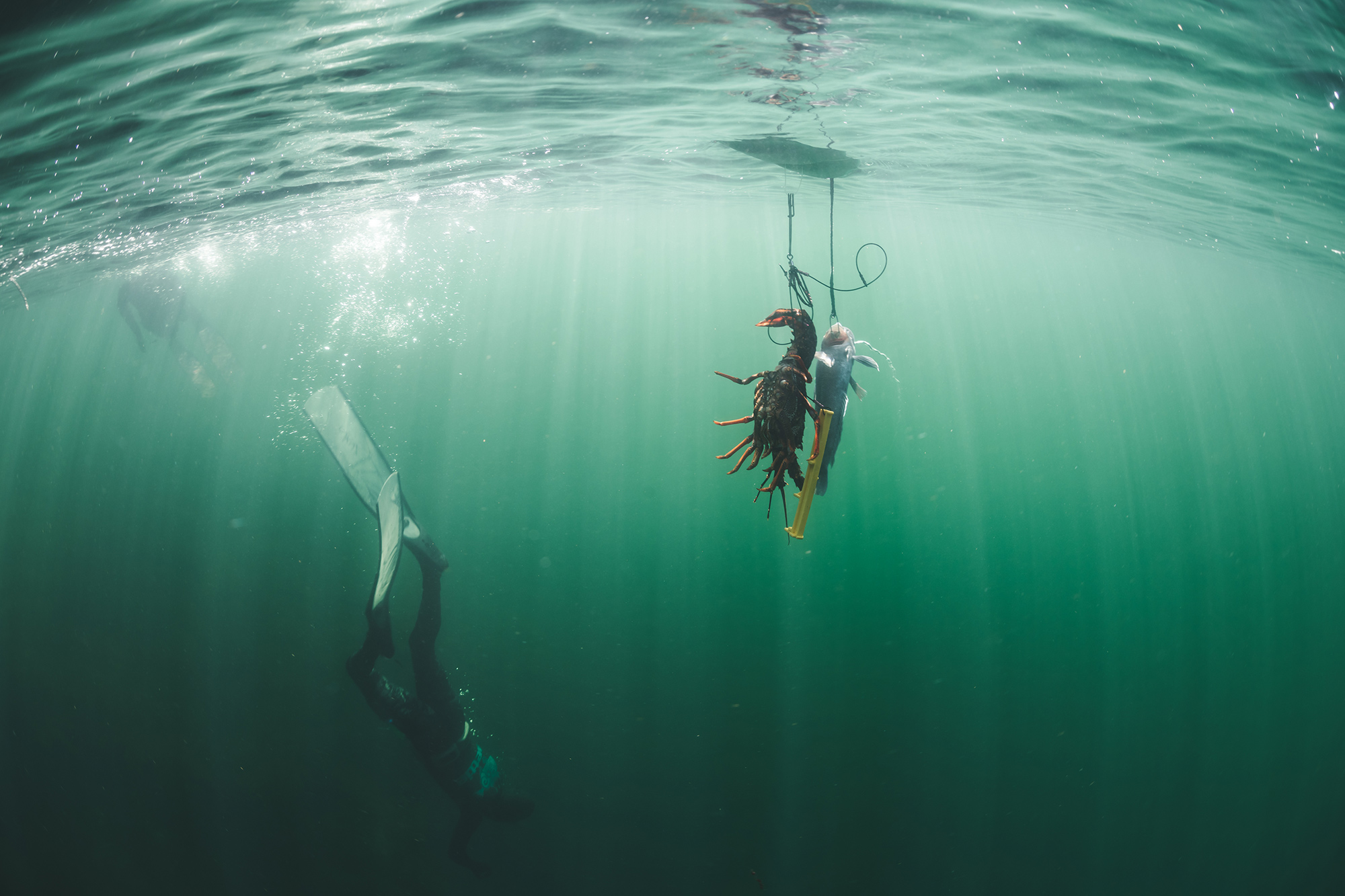Protect Our Crayfish – Have Your Say
Thank you for standing up for our marine environment. Crayfish on the northeast coast – from Te Arai Point to East Cape – are again threatened.
Fisheries NZ is
proposing to increase to the commercial catch limit for crayfish, putting our taonga (treasured) species, at greater risk. Fisheries NZ’s proposal to close the inner Hauraki Gulf to crayfishing is meaningless because there are few crayfish left in those waters.
LegaSea are developing a formal submission recommending a recovery plan that includes –
- No increase to the total allowable commercial catch.
- Potential closed areas; and
- Investment in independent science to prove how many crayfish can be harvested sustainably.
Depletion is not new. Nine years ago crayfish in the Hauraki Gulf were declared functionally extinct. Since then an explosion of kina gorging on kelp has been stripping whole rocky reefs of all life. On the northeast coast kina barrens have taken over much of the seafloor.
Our crayfish are vital for restoring balance in our marine ecosystems, but again Fisheries NZ is using unverified data to justify giving away more quota to commercial interests.
This decision would benefit a few quota investors, while the environment – and our future generations – lose.
By submitting, you can help protect our crayfish and give them a fighting chance to recover.
Complete the form below to send your submission directly to Fisheries NZ. Together we can strive to protect our crayfish for generations to come.
Submissions close at 5PM, Wednesday 29 January 2025.
Related articles
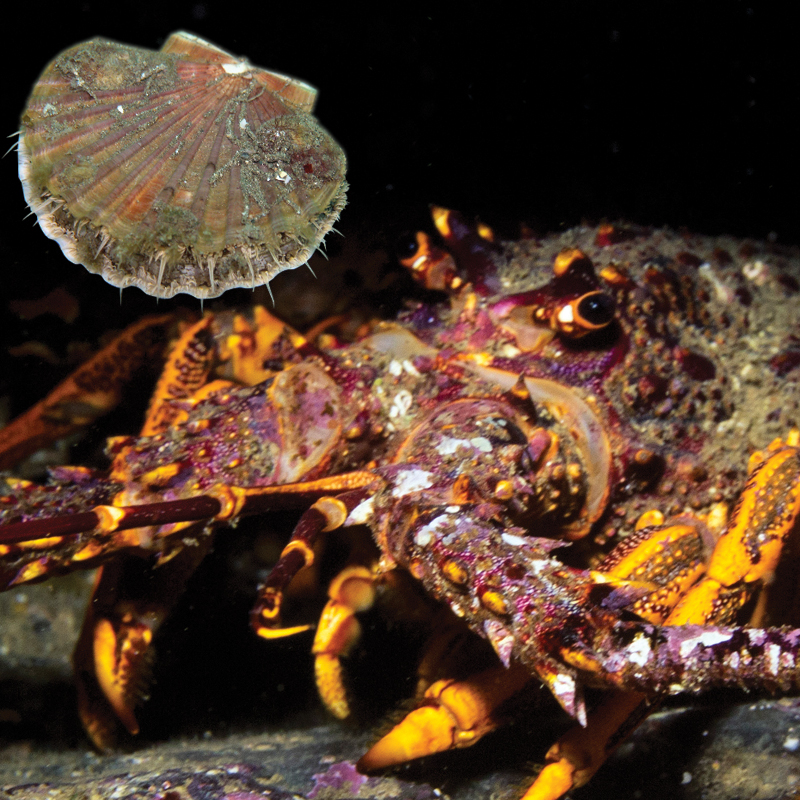 May 15, 2014
Time has once again been used as a weapon against us, this time to limit our response to outrageous proposals that will keep Bay of Plenty crayfish stocks at all-time low levels. By now the new regime will be in place and our northeastern cray fishery could be another casualty in the race to the ... Read more.
May 15, 2014
Time has once again been used as a weapon against us, this time to limit our response to outrageous proposals that will keep Bay of Plenty crayfish stocks at all-time low levels. By now the new regime will be in place and our northeastern cray fishery could be another casualty in the race to the ... Read more.
 March 20, 2014
For young and old crayfish are a taonga, a treasure, so recent Ministerial decisions to keep some stocks at all-time lows to meet export orders is abysmal. Nathan Guy announced his decisions for the future management of crayfish on March 20th and these will apply from April 1st. Crayfish can retail up to $150 per ... Read more.
March 20, 2014
For young and old crayfish are a taonga, a treasure, so recent Ministerial decisions to keep some stocks at all-time lows to meet export orders is abysmal. Nathan Guy announced his decisions for the future management of crayfish on March 20th and these will apply from April 1st. Crayfish can retail up to $150 per ... Read more.
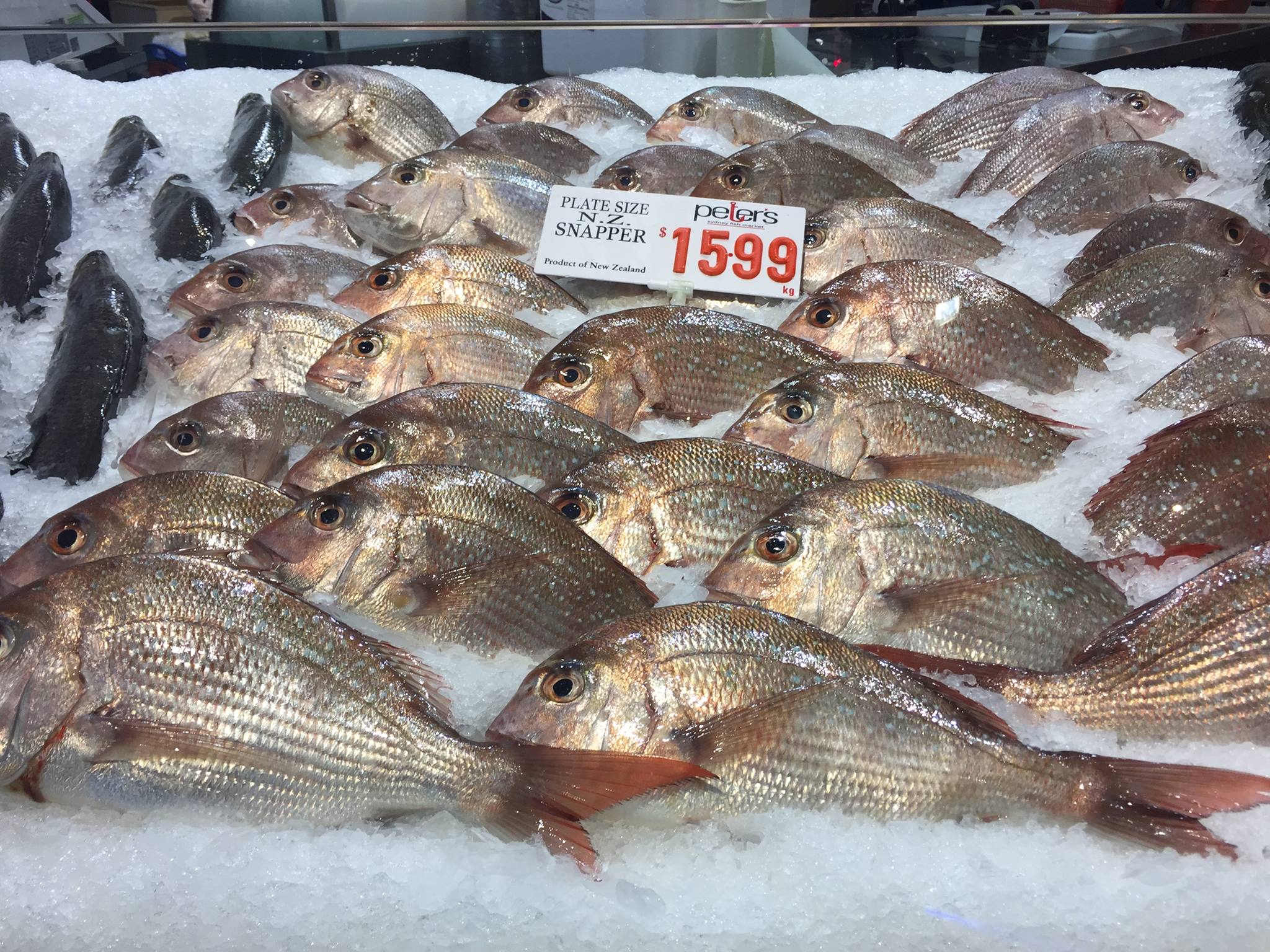 March 10, 2014
In last months column, we talked about changes to crayfish coming our way. In early December 2013 the Ministry for Primary Industries advised us of potential management changes in CRA 2 (Bay of Plenty and Hauraki Gulf) and CRA 9 (West Coast). Consultation documents were due out before Christmas. Quota increases were likely to be ... Read more.
March 10, 2014
In last months column, we talked about changes to crayfish coming our way. In early December 2013 the Ministry for Primary Industries advised us of potential management changes in CRA 2 (Bay of Plenty and Hauraki Gulf) and CRA 9 (West Coast). Consultation documents were due out before Christmas. Quota increases were likely to be ... Read more.
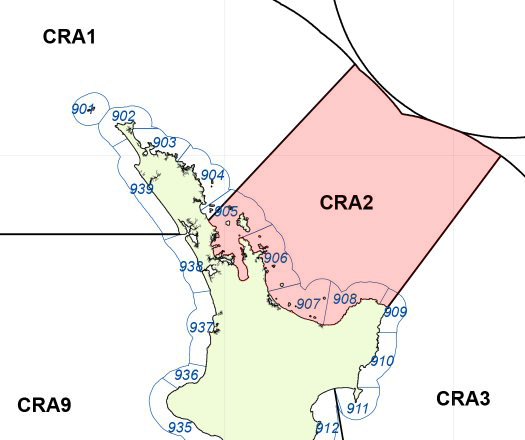 February 1, 2014
In December the Ministry released proposals for management of crayfish in area 2 that runs from Waipu in the north to Waihi, Bay of Plenty. It’s an important fishery yet is the worst performing of the crayfish fisheries. I’m sure many of you have experienced first hand the effects of struggling stocks. Apart from the ... Read more.
February 1, 2014
In December the Ministry released proposals for management of crayfish in area 2 that runs from Waipu in the north to Waihi, Bay of Plenty. It’s an important fishery yet is the worst performing of the crayfish fisheries. I’m sure many of you have experienced first hand the effects of struggling stocks. Apart from the ... Read more.
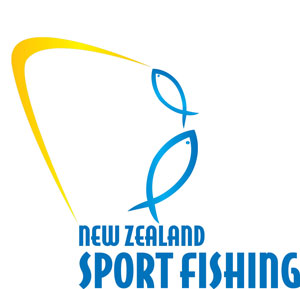 August 22, 2010
The New Zealand Sport Fishing Council has been engaged and participating in all relevant fisheries management, planning and science processes for many years. For a comprehensive record of this work please visit this Index Page and then refer to the species or area of interest.
August 22, 2010
The New Zealand Sport Fishing Council has been engaged and participating in all relevant fisheries management, planning and science processes for many years. For a comprehensive record of this work please visit this Index Page and then refer to the species or area of interest.
 December 1, 2005
Since 1992 the New Zealand the rock lobster fisheries have been managed by a national-level, multi-stakeholder group called the National Rock Lobster Management Group (NRLMG). A variety of interests are involved in this forum including commercial quota owners, commercial fishers, customary fishers, the New Zealand Recreational Fishing Council, and representatives from environmental and conservation groups. ... Read more.
December 1, 2005
Since 1992 the New Zealand the rock lobster fisheries have been managed by a national-level, multi-stakeholder group called the National Rock Lobster Management Group (NRLMG). A variety of interests are involved in this forum including commercial quota owners, commercial fishers, customary fishers, the New Zealand Recreational Fishing Council, and representatives from environmental and conservation groups. ... Read more.







